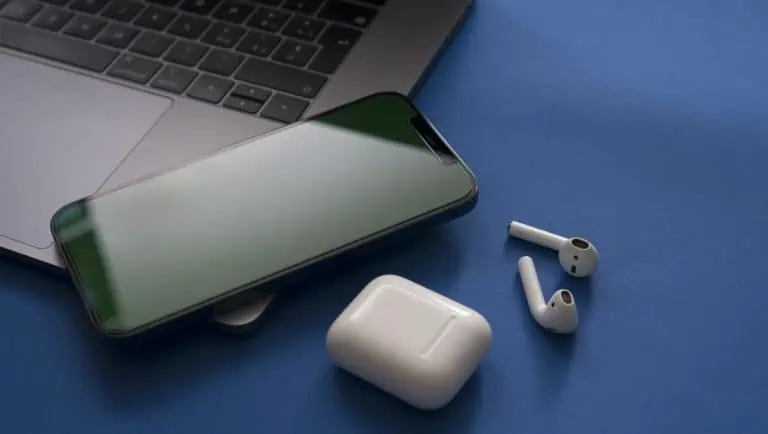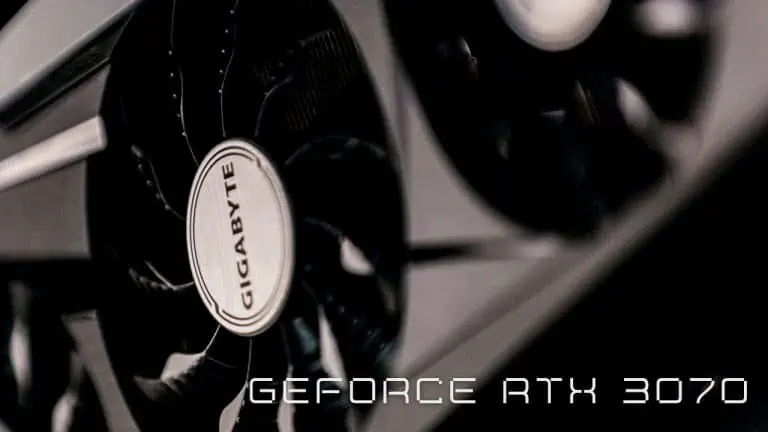7 Commonly Asked Questions About Coaxial Speaker Cable: A Complete Guide
WiseCatcher is supported by its readers and we earn a commission if you buy through our affiliate links at no extra cost. Read the full affiliate disclosure in our privacy policy.
WiseCatcher is supported by its readers. You can find full affiliate disclosure in our privacy policy.
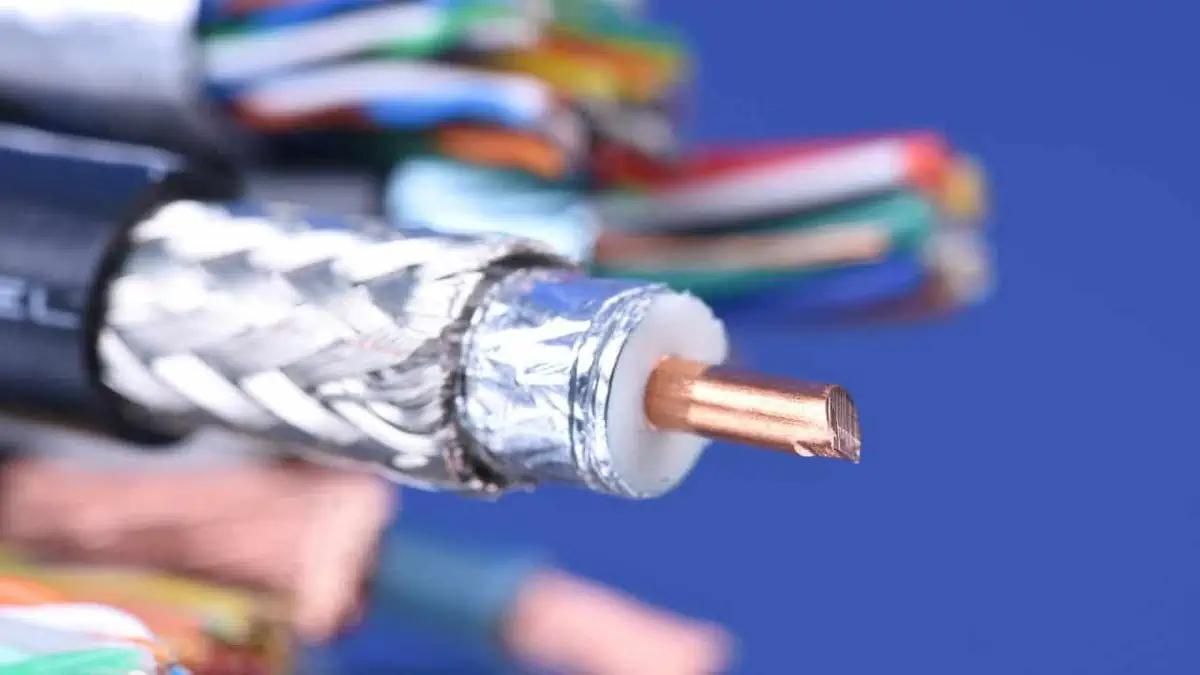
One of the most frequent queries we receive is how to add another zone or enhance the quality of my current audio system without adding extra cables. A coaxial speaker cable is an excellent fix.
A coaxial speaker cable is popular for connecting speakers to your home theater systems. Many coaxial speaker cables are available, each with unique features and benefits.
In this guide, we’ll look at some of the most common questions associated with coaxial speaker cables, differences between coaxial speaker cables and other connection types, as well as common uses, potential issues with sound quality (and how to avoid them), and some of the best options to go for. Let’s get started!
What is a Coaxial Speaker Cable?
A coaxial cable is a type of video and audio cable that carries an analog audio signal to a speaker or amplifier.
Coaxial speaker cables are designed specifically to transmit audio signals, and they do so more efficiently than other types of cables.
The cable consists of several layers, including a copper wire core and a plastic insulator that surrounds the core. This insulator is usually made from Teflon or polyethylene.
The insulator also separates the positive and negative sides of the signal, preventing them from interacting with each other as they travel down the cable.
Structure of Coaxial Cable
Coaxial cable is the most widely used type of cable in the world. It was first introduced in 1858 and patented in the year 1880.
Different coax types are available in the market today, but the basic structure consists of 4 elements. Here are they:
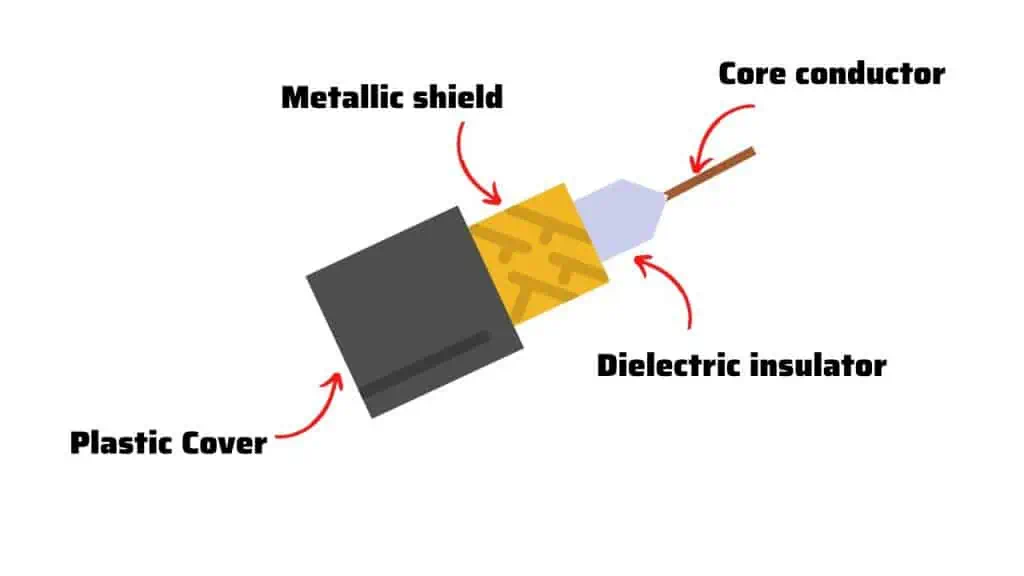
What is the difference between other cables and coaxial cables?
A coaxial speaker cable is used to transmit signals from one point to another. It can transmit analog and digital signals, video images, telephony, and other types of information.
A further tubular conductor surrounds that, and so on, resulting in an arrangement of concentric cylinders.
Coaxial cables are usually used to carry alternating currents or signals and are known for their high speed and reliability in this application.
The construction of the cable means that it can easily be bent into any shape without losing its structure (and thus signal) quality as other types of cables would do hence why they’re often used in situations where there may be little space or flexibility available for installation.
What are the common uses of coaxial speaker cables?
A coaxial speaker cable is typically used to connect a speaker to an amplifier, radio, or other audio equipment. You may also use it to connect a speaker to your television, computer, game console, or home theater system.
The most common uses of coaxial speaker cables are:
What is the difference between digital coax cables and optical connection types?
Coaxial cables are widely used to transmit data, but there are a few differences between the digital and optical connector types.
First and foremost, digital coax cables are used for audio-only. If you want to connect your TV or other audio equipment to the internet, you need to use an optical connection type like a fiber-optic cable.
Second, digital coax cables are typically used in networking environments where high bandwidth is needed (such as streaming video).
Thus, you don’t need a high-speed network if you’re trying to connect two computers for file transfer purposes.
Finally, digital coax cables have more significant signal loss than their optical counterparts because they contain more metals that create heat; this can cause interference over longer distances (e.g., 100m+).
What can affect the quality of the coaxial speaker cable?
Multiple factors can affect the quality of coaxial speaker cables; below are a few common ones:
How do I choose which type of coaxial cable is best for my audio system?
To figure out what coaxial cable you need, you first need to consider a few things.
First and foremost, what are you connecting with? If it’s an amplifier or receiver, your options will be limited by the type of connection points on each device. For example, if your amp only has RCA jacks (the black tip/red ring/white sleeve configuration), then that’s all you can use with it.
The second thing is how far away you want to get from your equipment. If the distance isn’t an issue for you (and most home setups aren’t), then any coaxial cable should be fine for most applications.
But if this matters to you, especially if there are multiple rooms between where the equipment is located and where the speakers will be mounted, then consider buying some longer cables to maintain placement options and maintain sound quality due to signal degradation over distance.
Disclosure: WiseCatcher.com is a participant in the Amazon Associates Program, and when you buy through our affiliate links, we get a small commission. You can read our affiliate disclosure in our privacy policy.
Best Coaxial Speaker Cables on Amazon
1. Amazon Basics Digital Audio Coaxial Cable – 4 feet
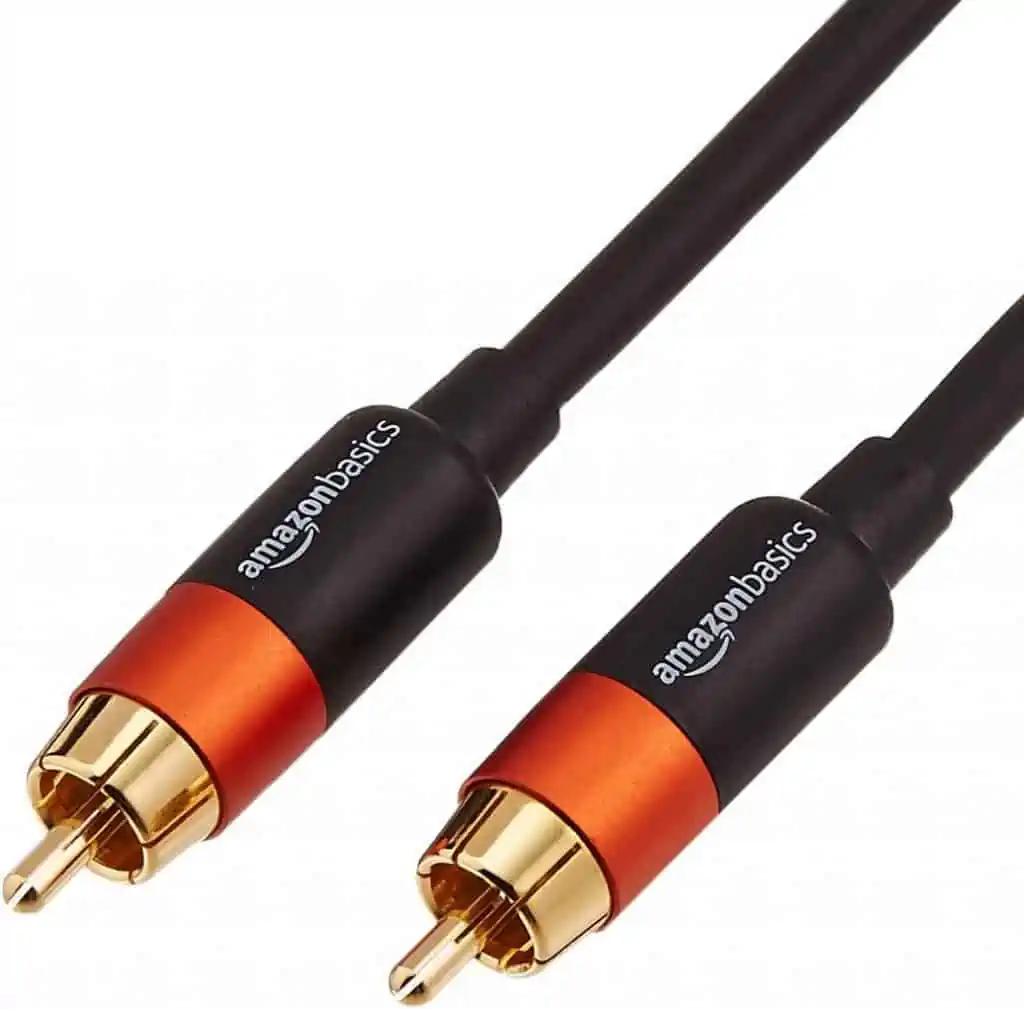
2. Coaxial Studio Speaker Cable Custom Made by WORLDS BEST CABLES
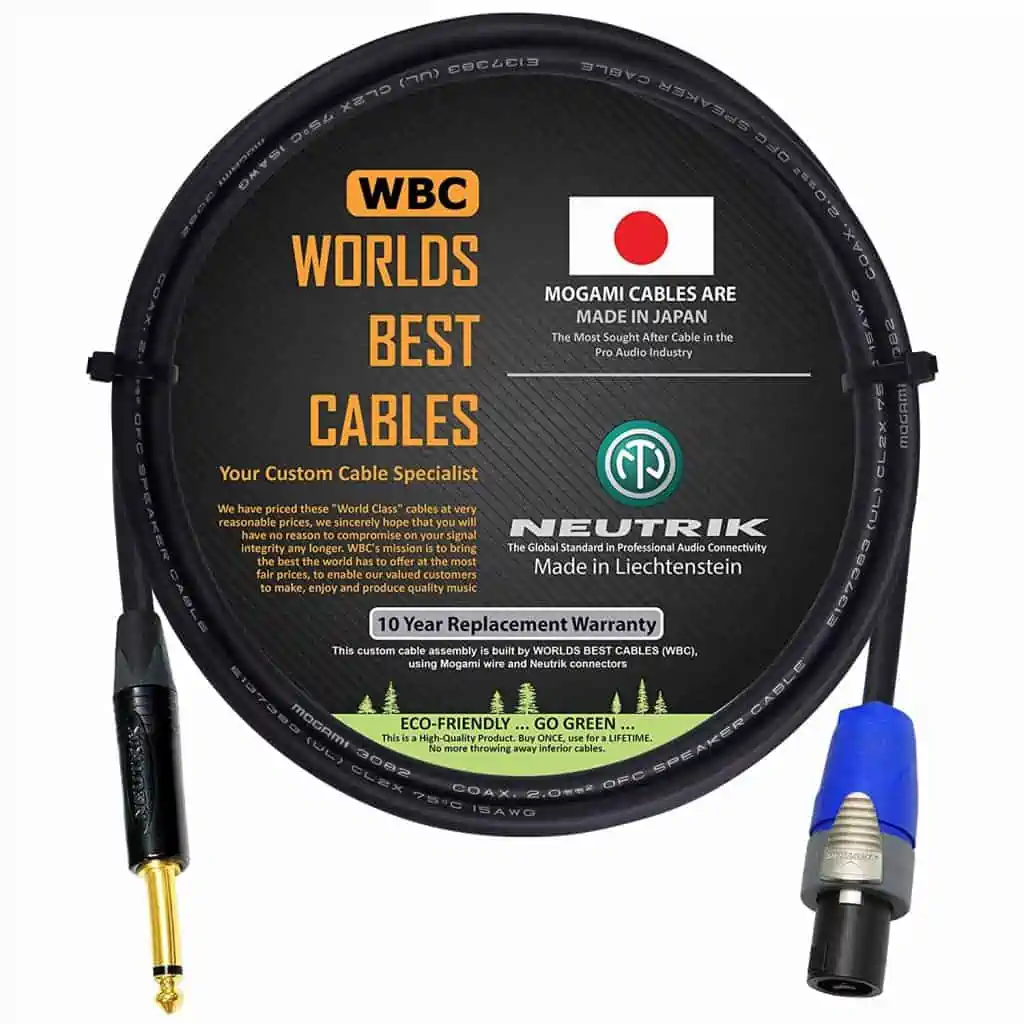
3. 100ft RG6 Coaxial Cable Made in the USA
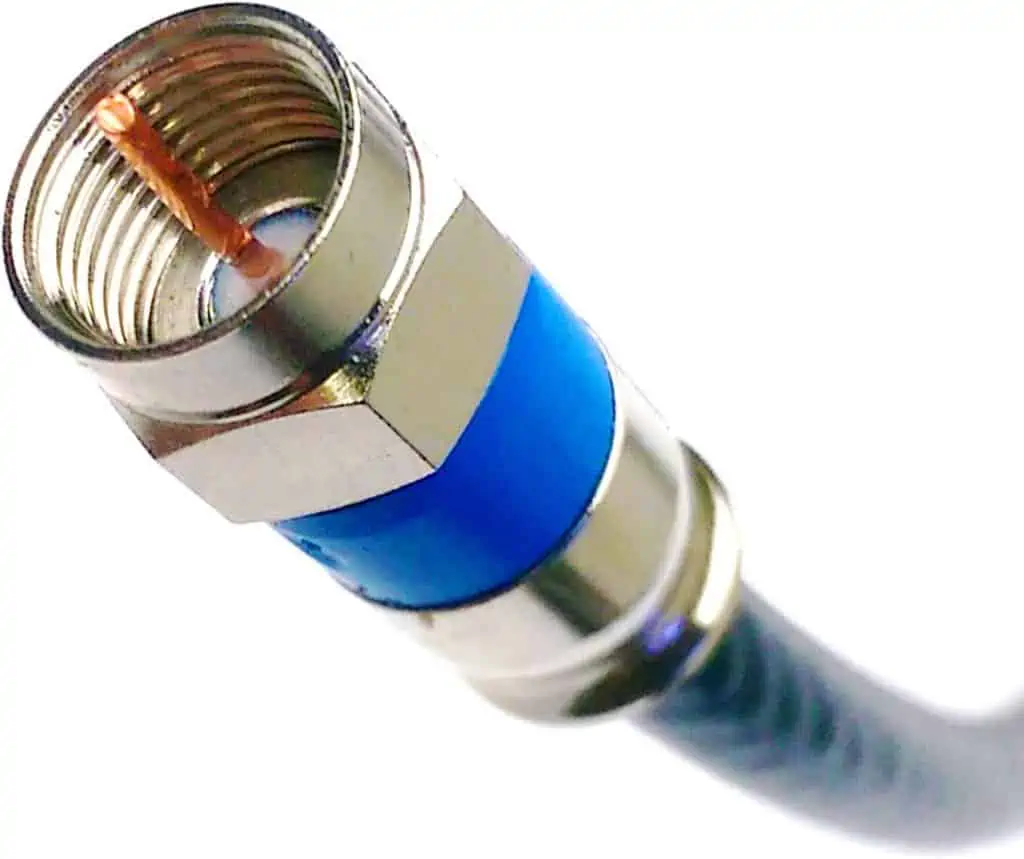
Should I use connectors with this cable?
The short answer is No. These cables are designed to be used without any connectors, and finding the right cable type for every cable can be challenging. If you want to use them, make sure you buy them from the same supplier so that everything matches up properly.
The primary purpose of a coaxial cable is to transmit high-frequency signals in radio and television applications. This cable will work with or without connectors. If you need connectors, they’re available here:
Conclusion
With this article, you’ve understood the basics of coaxial speaker cable. You now know what it is, why it’s important, how to choose the right type for your needs, and more. The next step is to explore all the types of cables mentioned above with their features.

Mohit Patel (Founder & CEO)
Mohit Patel is a part-time blogger and CEO at NeutralX Corp (WiseCatcher’s Parent Company). He is also an M&A Intermediary and the CEO of InstaFlip. He worked with thousands of business owners who own Content Sites, e-Commerce Businesses, SaaS Businesses, Marketplace, and Advertising networks. Mohit knows precisely what kind of content readers are looking for before making any buying decision whether it is a SaaS tool, a physical product, or a product comparison.




